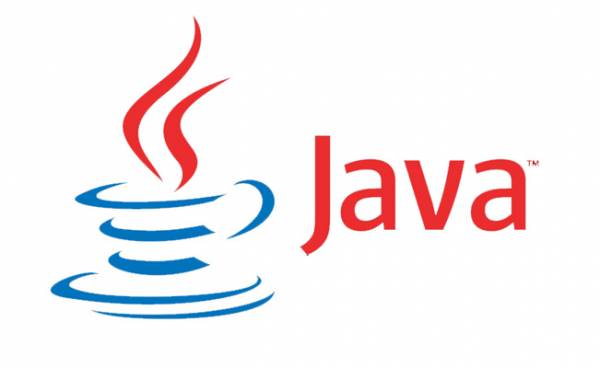
Lots of people think that Java is free of memory management as the JVM uses a Garbage Collector. The goal of this collector is to free objects that are no longer used in the program without the developer being forced to declare that the object can be collected. Everything is automatic.
It’s really helpful and it avoids wasting time in managing memory. But, as it is an automatic process, it can produce some issues. They are better known as memory leaks.
What is a memory leak?
A leak appears when an object is no longer used in the program but is still referenced somewhere at a location that is not reachable. Thus, the garbage collector cannot delete it. The memory space used for this object will not be released and the total memory used for the program will grow. This will degrade performances over time and the JVM may run out of memory.
Identifying memory leaks
Memory leaks are difficult to identify, they require a good knowledge of the application. Usually, they are related to an Out Of Memory Error exception (also called OOM). But note that not all Out Of Memory Errors imply memory leaks, and not all memory leaks are due to Out Of Memory Errors.
Having an Out Of Memory Error is a first sign but you must make a difference between a “normal” OOM and a memory leak.
For example, if the program loads data from external files and one time a file is bigger than it has been expected it could result in an OOM. But this one is “normal” as the design of the application was not able to handle such a big file.
In the other hand, if the program is used to process data with the same size or which are similar to each other and you get an OOM it may be a memory leak. In addition a memory leak generally eats free space gradually, if your memory has been fulfilled suddenly it might be a “normal” OOM and you should look at the stack trace to find out the origin.
Another symptom of a memory leak would be an allocation issue. In fact when too much space is taken in the heap and not freed allocations of new objects may be complicated. Mainly if objects are huge. When an object is first created in memory it goes to a part of the heap called Eden, then if the object survives several garbage collections it goes to the tenured space. Usually there are only old objects in the tenured space; objects which are long life based. But when the Eden is fulfilled by leaks the objects directly go to the tenured space and you can see an abnormal stack of objects in the tenured space as it is generally not fulfilled. So if you have an OOM of a tenured space it might be an allocation issue (or simply your heap configuration is too low).
The heap usage can be checked with tools such as VisualVM, jconsole, Java Mission Control (only for 7u40+ JRE) and so on. I will describe the use of this kind of tools in future blogs.
How to prevent memory leaks
As said before you cannot really prevent memory leaks as this is related to the design of the application. If you are not aware of the type of application you are running or the internal design it uses, you cannot prevent leaks.
Many applications, either desktop built or web-based, will use many threads to run. Some threads such as ThreadLocal can store references to objects which reference their classes which reference their class loader. These threads can keep objects references in order to use objects later in the thread as in methods without passing it as argument. This way, when a web app is redeployed (e.g. in tomcat) a new class loader is created to load the new application but LocalThreads might not be dealocated as they are loaded or they use things from the permgen. As you may know the permgen is a part of the JVM heap which is usually not collected by the GC. And this produces memory leaks.
What you have to remember is to reduce the use of such a threads and be careful of the implementation and design of the application you are using. Of course, memory leaks can result from other reasons but the principle is the same: Objects allocated are no longer reachable and they are not released by the garbage collector.
![Thumbnail [60x60]](https://www.dbi-services.com/blog/wp-content/uploads/2022/05/Middleware-TO_Final-wpcf_173x250.png)
![Thumbnail [90x90]](https://www.dbi-services.com/blog/wp-content/uploads/2022/08/OLS_web-min-scaled.jpg)